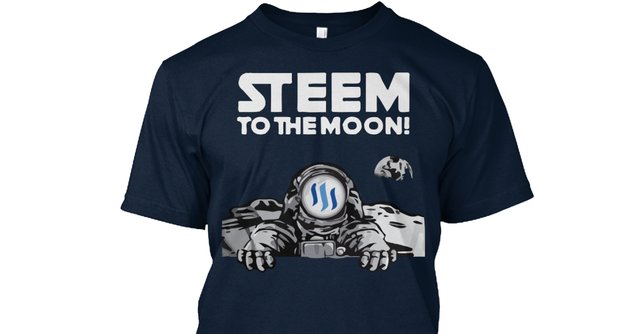Introduction To Networked Attached Storage (NAS)
Have you noticed lately that you’re starting to accumulate too many pictures, home videos and legally obtained music and movies in too many different places? You need to consolidate everything into one place. You need to upgrade to Network Attached Storage (NAS).
In The Raw
The NAS is a device dedicated to storing and serving up all your files to any device on your network. On the inside, they’re just a computer running specialized software. Your raw performance is going to be based on two factors: processor speed and memory. You can find a simple NAS for less than $150, or you can spend a couple thousand for a high-end box with all the latest features. Current NAS models work on nearly any Windows or Apple network.
Would You Like Drives With That?
Keep in mind that you can buy NAS devices that do not include the hard drives. There are times when this might be a good choice. NAS units shipped with hard drives installed might require an expensive visit to your favorite repair shop if (when) the drives ever fail. Then again, if you buy your NAS with the drives installed, you know that the software is already setup and ready to go.
By design, units shipping without drives must be user-accessible, and even though the total cost is a bit more up front, you might save a bundle down the road. If you choose this route, pay attention to the type of drives you buy. All drives do not work in all NAS models. Follow the manufacturer's recommendation.
Size Does Matter
The most important question to ask yourself is, “How much space do I need?” A good rule of thumb might be to add up all the space you’re currently using and double it. Or triple it. You’ll be adding more stuff to your collection in the future. Don’t let it sneak up on you.
RAID!
RAID is just a cool way of saying Redundant Array of Independent/Inexpensive Disks. And that’s a fancy way of saying that RAID tries to make sure your data always has multiple copies, sort of like a backup (but NOT a backup – see below). If one copy becomes corrupted, the other copy will be available. This sounds great, but it comes with a trade-off: RAID uses up a lot of hard drive space creating all those copies of everything. Some RAID arrays can cut your storage space in half. Remember that when choosing the size of your hard drives.
Back That Thing Up
Backup comes in two stages. Stage one is backing up all the devices on your network to the NAS. Stage two is the backup of the NAS itself. After all, your stored data is only as good as your last verified backup. Some companies are including cloud-based backup solutions with the purchase of their system. You can always choose an external USB drive for your NAS backups. Many devices offer “hot-swappable” capabilities. This allows you to switch drives while the system is running.
But There Is No Spoon
There are so many other options and features available, even on some of the least expensive models, that space won’t allow them to be discussed here. You'll find web servers, torrent clients, iTunes servers, applications for remote access, download management, energy efficiency, working with IP addressed cameras... nearly everything except the proverbial sink.
Maybe that is why there is no spoon.
Posted from my blog with SteemPress : http://gimmee.net/intro-to-nas/


Really nice post @jonknight! Hey, Steemian frined, our team of designers have created a brand new Steemit t-shirt and we want to share it withyou! More detailed pictures and information about our product you may find here:
.jpg)
https://teespring.com/steem-to-the-moon